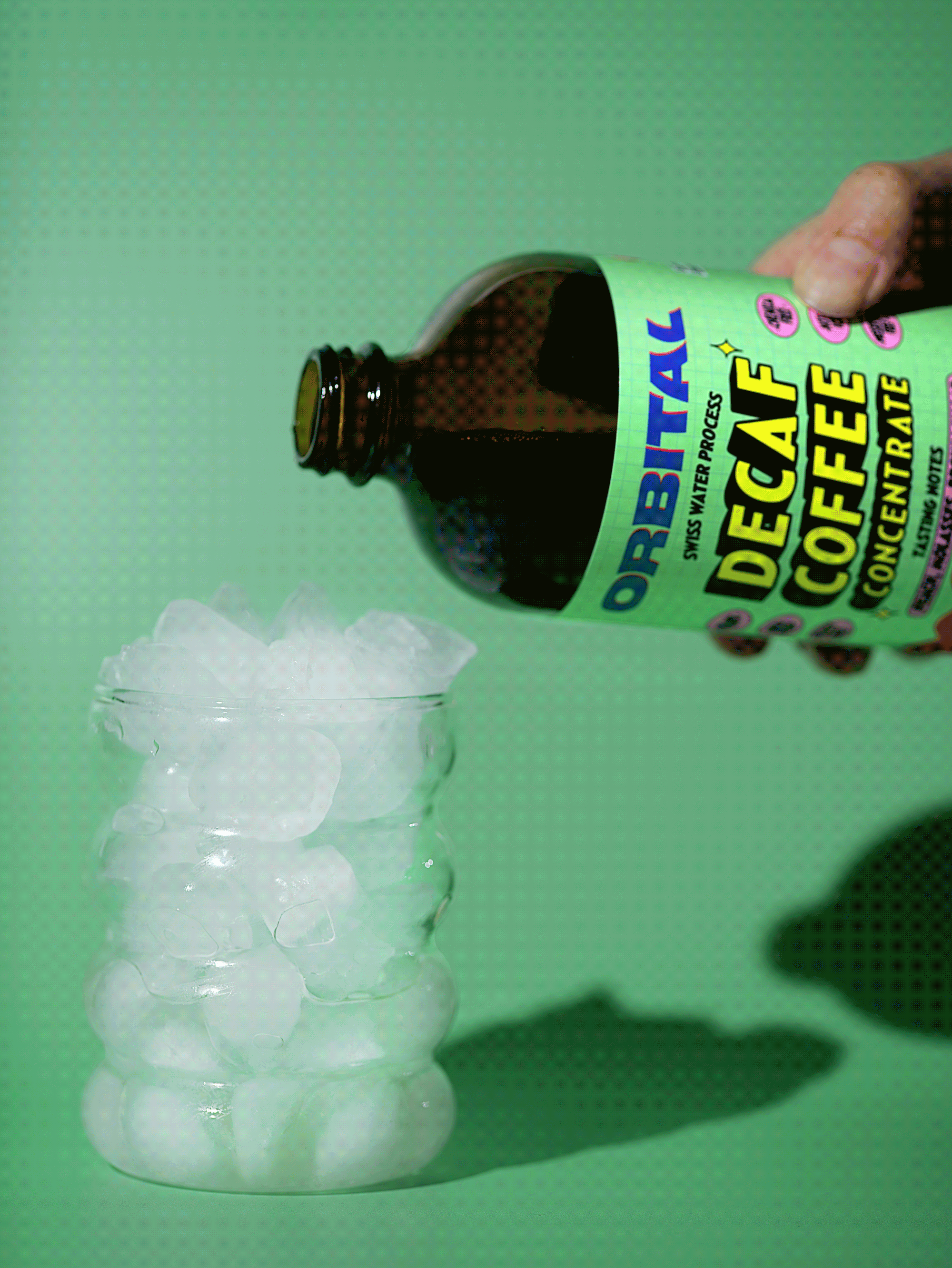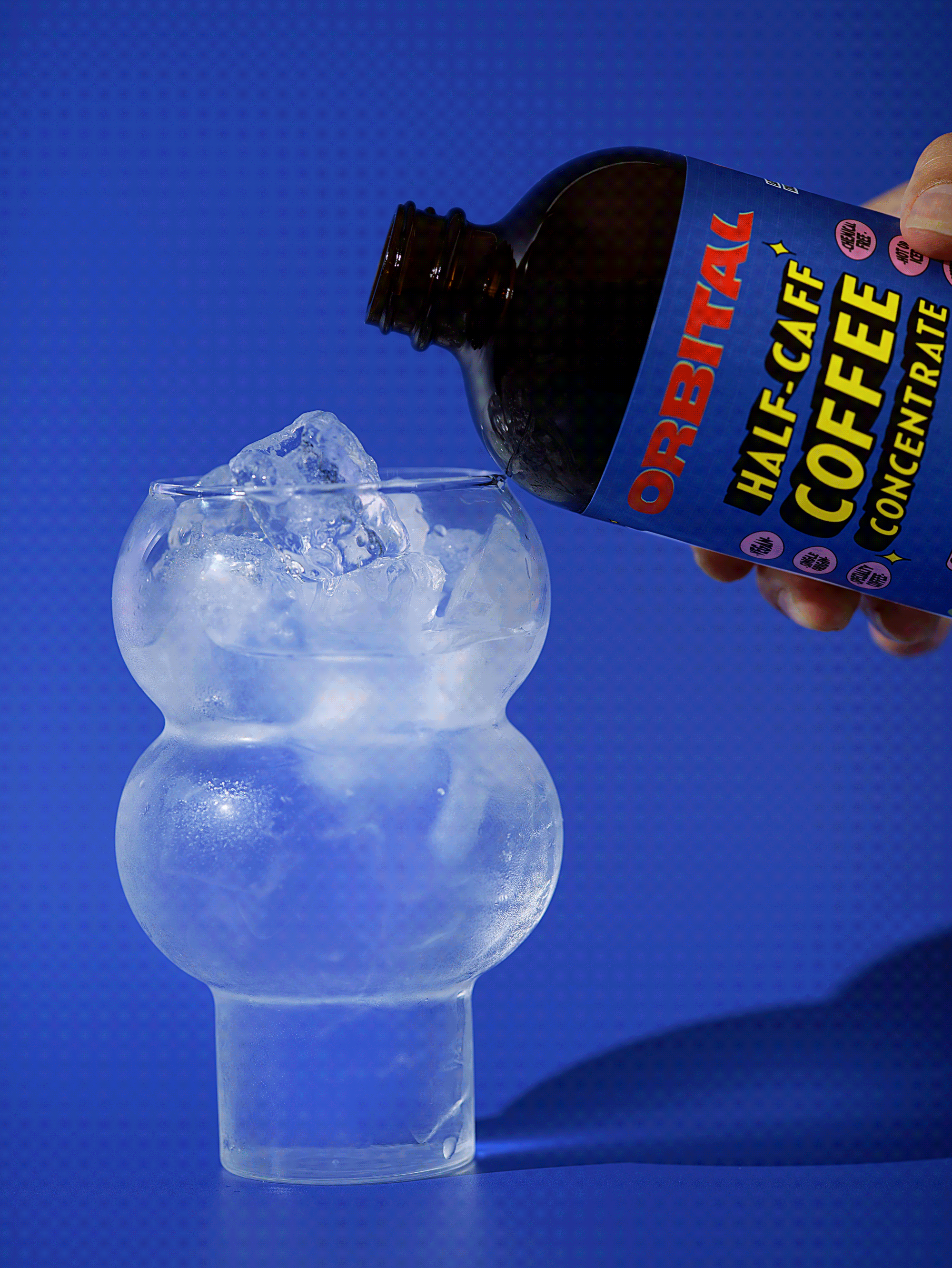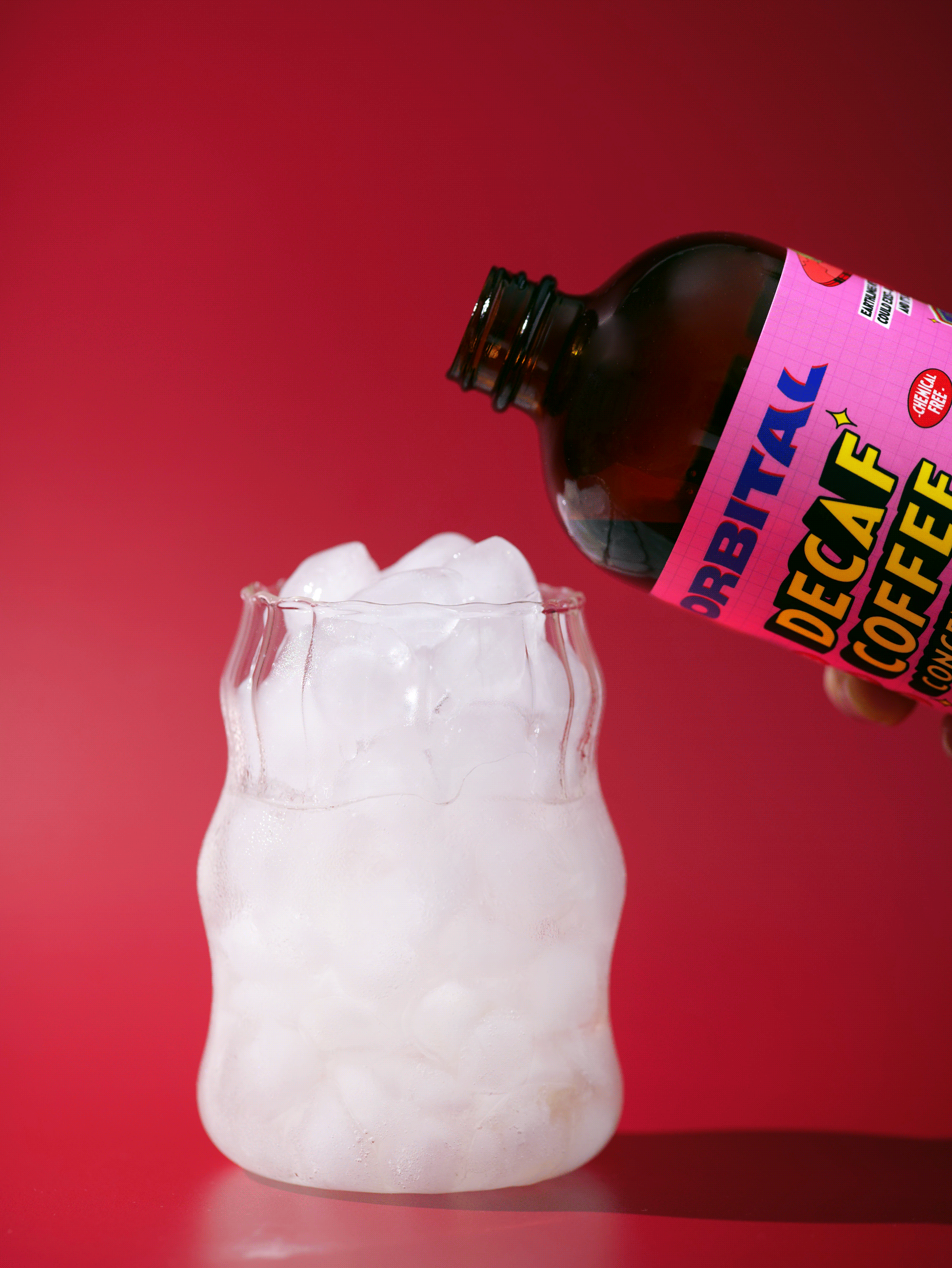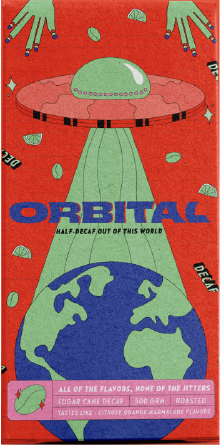Decaffeinated Coffee:
Not what it used to be
Decaffeinated coffee has come a long way since Ludwig Roselius, a German coffee merchant, pioneered the first decaf process in 1905. Using benzene as a solvent to remove caffeine, Roselius patented his method and later launched Kaffee HAG (known in the U.S. as Sanka), eventually acquired by General Foods.
However, by the 1970s, studies revealed that early decaf methods left behind traces of harmful chemicals like benzene and trichloroethylene (TCEs), both now recognized as carcinogens. This discovery forced the coffee industry to adopt safer, chemical-free decaffeination processes that maintain the integrity of the beans and the safety of consumers.

Today, decaf coffee is not only safe but also capable of preserving the complex flavor profiles coffee lovers crave. Let’s explore three of the cleanest, most natural decaffeination methods that are revolutionizing the way we experience decaf coffee: High-Pressure CO2, Sugarcane Ethyl Acetate (EA), and Swiss Water Process.
The Cleanest Decaffeination Methods
1. High-Pressure CO2 Decaffeination
This method utilizes liquid carbon dioxide under high pressure in a steel chamber. The CO2 acts as a solvent, extracting caffeine molecules while leaving most of the bean's flavor compounds intact. The result is a mild, palatable cup of coffee. While this sustainable and natural method is often reserved for bulk commercial batches due to its cost, it’s an excellent choice for decaf lovers seeking a clean, eco-friendly option.
2. Sugarcane Ethyl Acetate (EA) Decaffeination
Often called "natural decaffeination," this process uses ethyl acetate, a compound naturally found in fruits, vegetables, and even wine. Ethyl acetate is derived from fermented molasses and mixed with acetic acid to create the solvent. Green coffee beans are steamed, becoming porous, then soaked in the EA solution, which selectively removes the caffeine. After rinsing, steaming, and drying, the beans are ready for roasting, retaining their natural flavor notes.
This process is especially popular in Colombia, where sugarcane is abundant, making it both eco-friendly and cost-effective. The result? A rich, flavorful coffee that tastes as good as it smells.

3. Swiss Water Process
The Swiss Water Process uses nothing but water and a patented Green Coffee Extract (GCE) to remove 99.9% of caffeine from coffee beans. Soaking the beans in GCE allows the caffeine molecules to diffuse out naturally while preserving the beans’ unique flavor compounds. This method is entirely chemical-free, making it one of the most trusted options for health-conscious coffee lovers.

Chemical-Free Decaf Coffee
Shop Chemical-Free
Decaf Coffee












